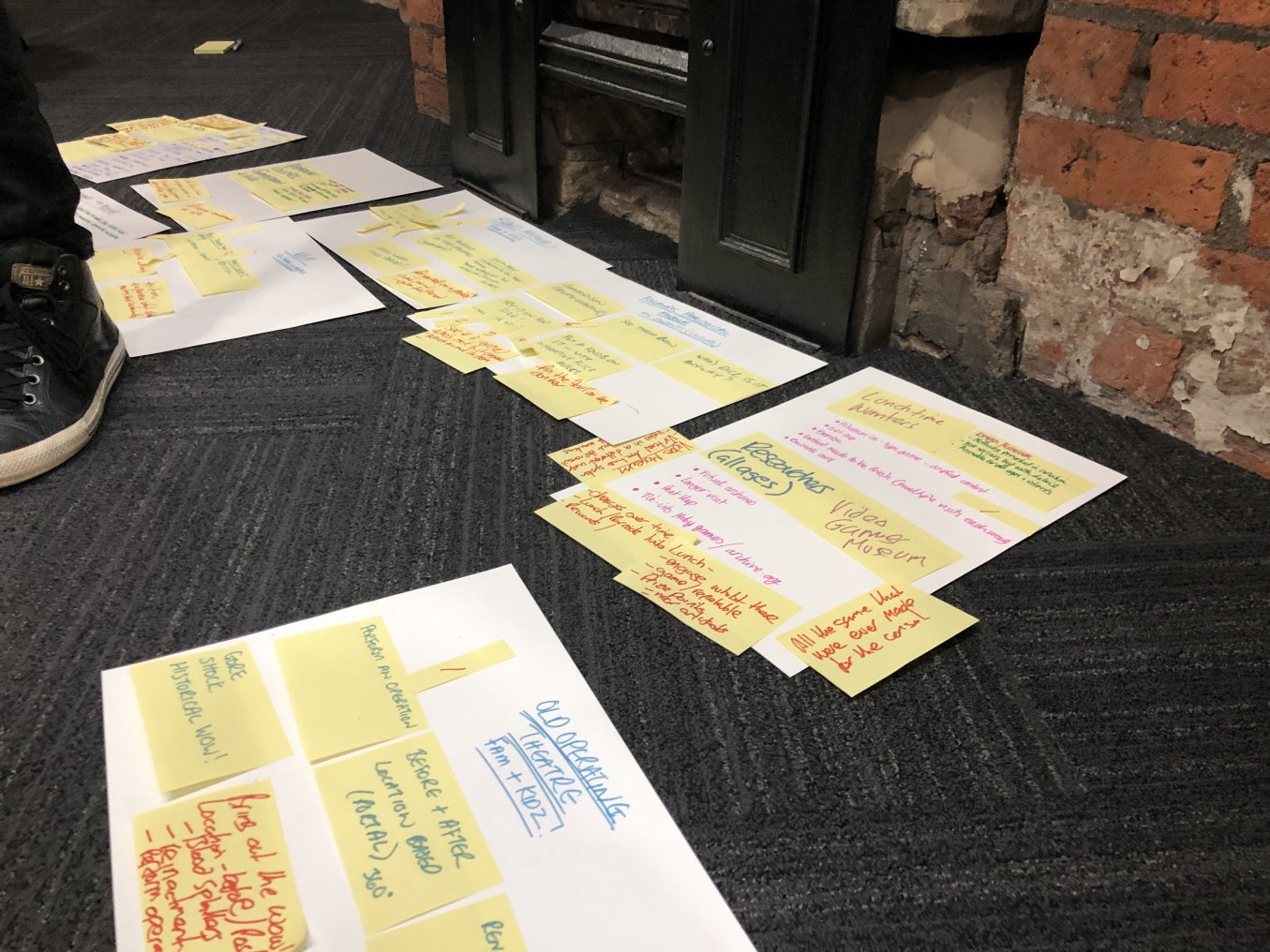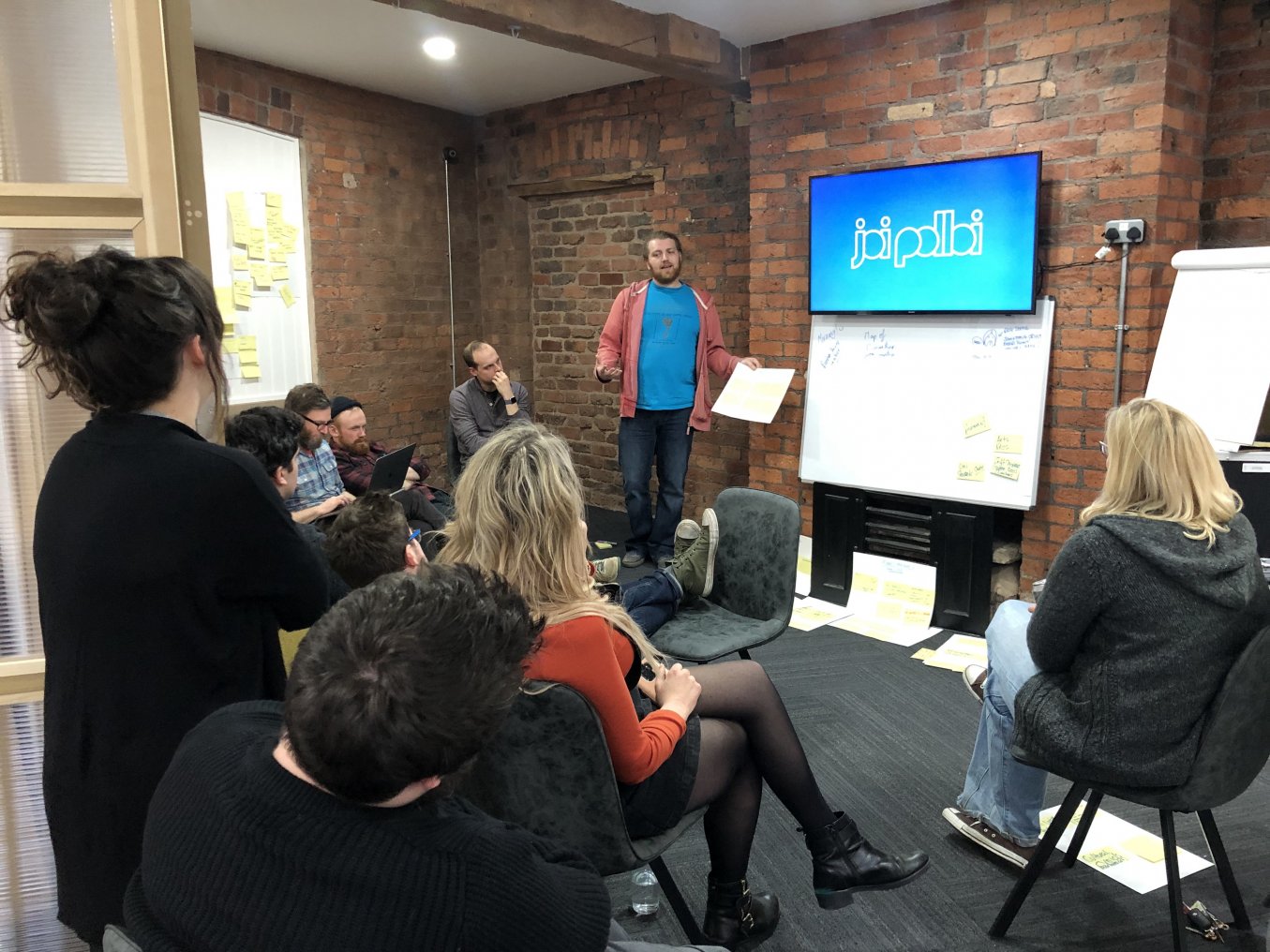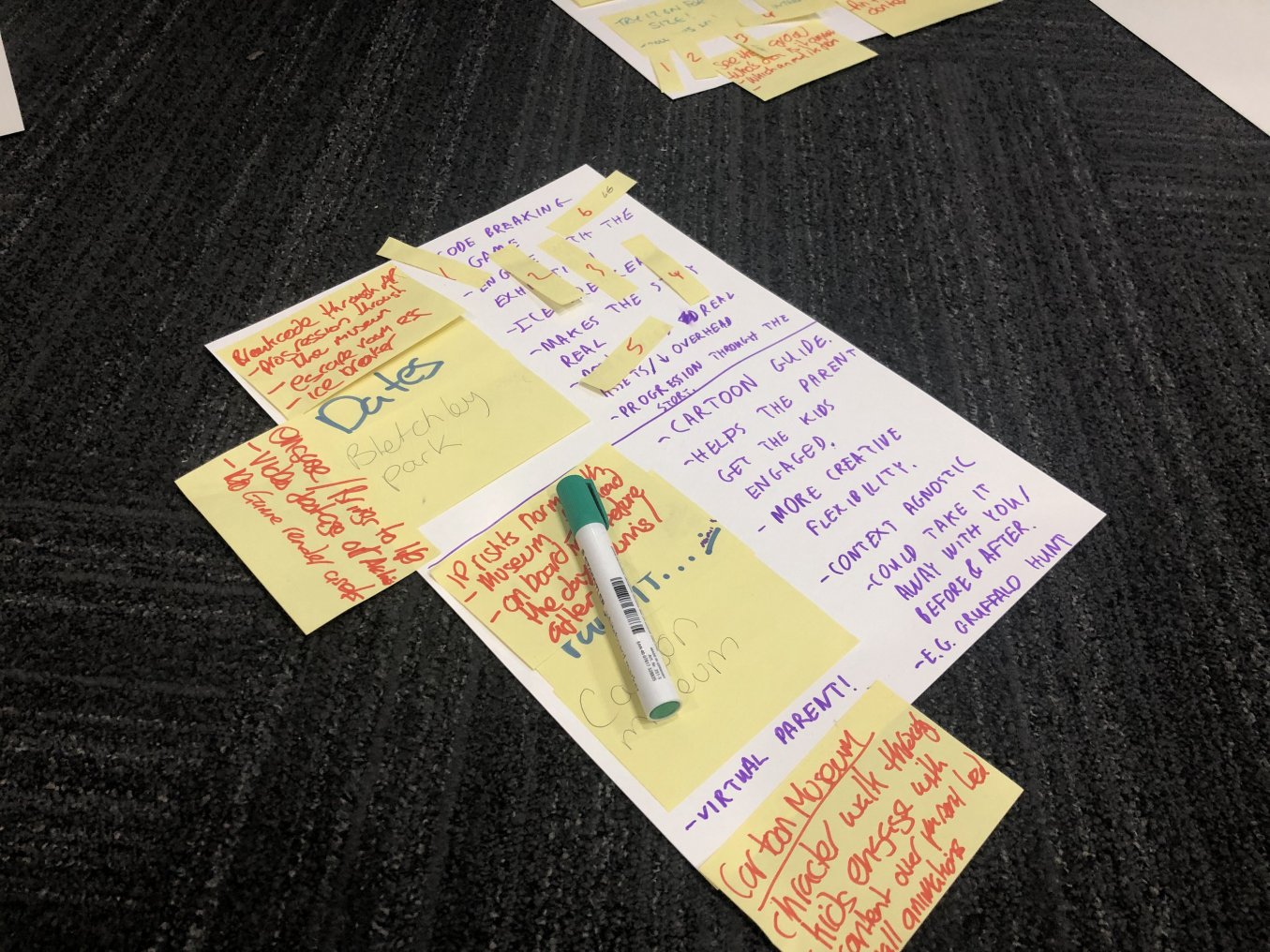What if your next museum experience was determined by your ability to break codes?
This is one of the ideas born from our recent Creative Lab, an internal event designed to help us develop a collective, informed view of how Augmented Reality could be adopted by the museum sector.
Why AR?
We recently blogged about AR, sharing some thoughts, frustrations and hopes about the ways this technology is progressing. Sure, AR is novel and fun, perfect for PR stunts and experience marketing. Is it this as far as it can go? Are there opportunities to embed AR into operations; to make it a fundamental part of how an organisation or experience ‘works’?
Why museums?
We love museums. We’re a team of avid museum-goers and we have clients in this sector, for whom we love doing really great work. This work has exposed us to the problems they face, like attracting a younger demographic, and having to keep vast amounts of their collections in storage (we know, this makes us really sad too).
Museums have been dabbling with virtual and augmented reality for some time. Keeping up the momentum after the initial novelty has worn off can be tricky though. And, with funding applications for such projects asking for proof of long-term value, museums need to be sure that their AR solution will deliver on the investment. Our Creative Lab is just one of the ways that we are developing our knowledge to provide clients with an objective view on AR, so that they can make informed decisions as to its value and potential.
How it worked
Across two days, our team of designers, developers and producers collaborated on research, design and evaluation. We mapped out the key attributes of the UK’s top 10 museums (as defined by Trip Advisor), their different audience groups and their toughest challenges. We used insight from our clients, as well as the Museums Association and Audience Agency, to help us build a detailed contextual picture of the sector.

Youth engagement leapt out again and again as a challenge for many museums, with the 16–34 demographic being a desirable, yet hard-to-reach age group. This ties in with a project we recently worked on, with the brief asking how AR could be used to attract the short attention spans of this age group. Understanding the value of and challenges associated with this audience steered our focus towards solutions that would meet their expectations and behaviours.
Breaking up into cross-specialism teams, we set about designing AR solutions that connect a specific museum (of each team’s choosing) to its core audience group or groups. At the end of day 1, each team pitched an idea, and we followed with discussion and questions on each. Each person then had three votes which they could place across multiple ideas or go ‘all in’ on a hot favourite.

We ended up with two front running ideas; gamification and ways of using AR to visualise the scale of museum collections. This gave us our focus for day 2, on which we broke into two larger groups, each dedicated to designing a solution under one of these themes.
Finding a winning solution
The culmination of our Creative Lab was the second round of pitches, demonstrating how each group had developed the winning ideas from day 1. We heard about two very different applications of AR, one which enabled museum visitors (for this exercise the solution was applied to Bletchley Park) to curate their own experience through a code breaking game, ‘unlocking’ different parts of their journey.
Our second AR solution looked at demonstrating scale and in our group’s example, the idea was based on the London Transport Museum, suggesting that visitors could see what correlates above ground as they observe various underground routes and stations, as well as experiencing the hidden real world through “x-ray specs”.
Whilst this would depend on a significant commission, what excited us about our gamification idea is the potential to develop a toolkit that can be replicated for a number of museums. Mystery and history surround museum collections of all genres, making a code breaking or clue solving mission widely applicable.

Two days wasn’t nearly long enough to pursue this idea further, but, with the bit between our teeth, it’s now planted firmly on our radar. Our two-day Creative Lab gave us some good quality team-building time, whilst allowing us to turn AR inside out and upside down, exploring every which way it can be applied to this very specialist cultural sector.